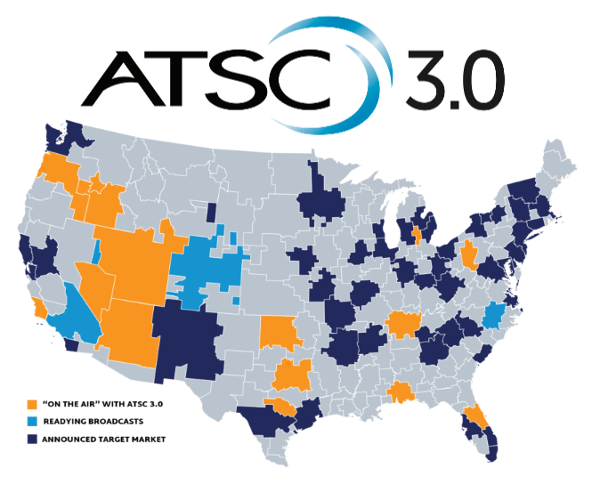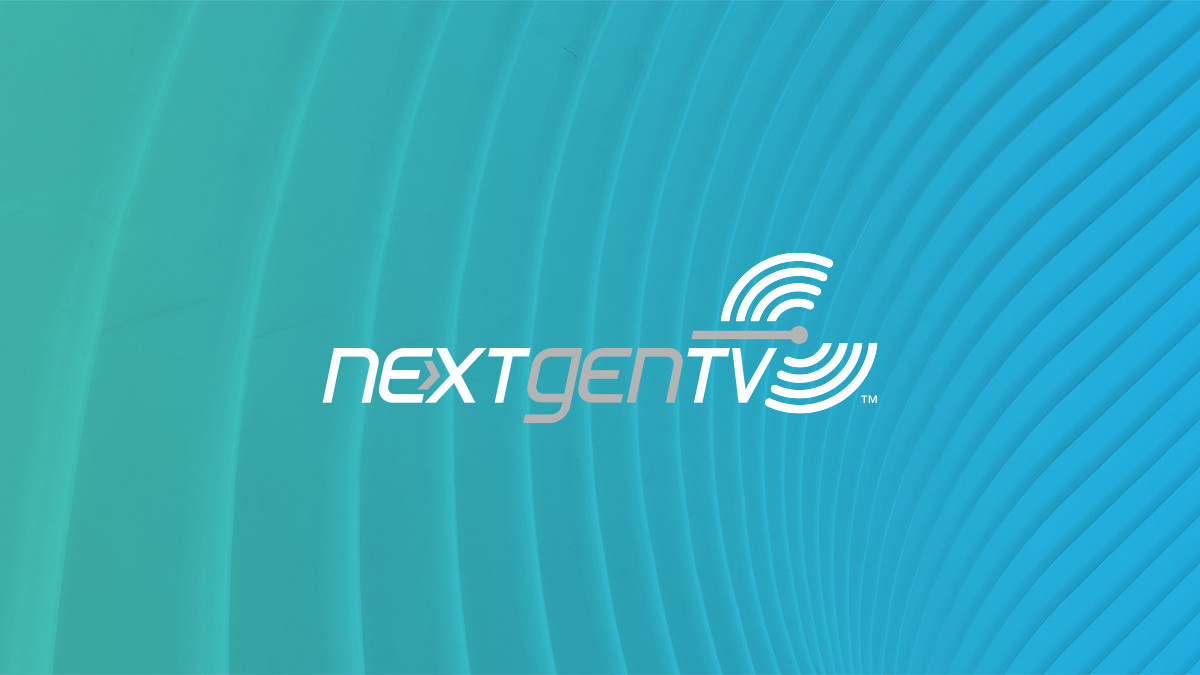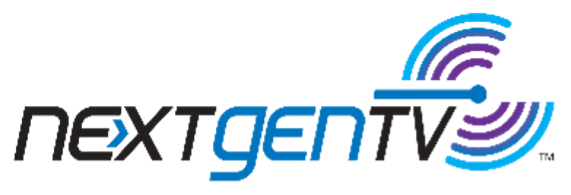Originally Posted by alarmguy
You need not worry, IF (and that is a big if) and when ATSC becomes widely available your new TV will have it already built in, as some day, those 10 year old TVs of yours will stop working and its at least 10 years away for ATSC 3.0 to be wide spread, add to that, the 5G revolution will revolutionize so many things in the human race that we cant say what will be up with ATSC by then or even if there will be a call for broadcast TV ,, (though I think that is an extreme)
10 year old TVs? I would consider a 10 year old set to be practically new. I have TVs from the 1960s through 1990s still in use on a regular basis (using digital adapters). As stated, I expect consumer electronics to last for a long time. I have no interest in 5G either and do not plan to make use of it.
You need not worry, IF (and that is a big if) and when ATSC becomes widely available your new TV will have it already built in, as some day, those 10 year old TVs of yours will stop working and its at least 10 years away for ATSC 3.0 to be wide spread, add to that, the 5G revolution will revolutionize so many things in the human race that we cant say what will be up with ATSC by then or even if there will be a call for broadcast TV ,, (though I think that is an extreme)
10 year old TVs? I would consider a 10 year old set to be practically new. I have TVs from the 1960s through 1990s still in use on a regular basis (using digital adapters). As stated, I expect consumer electronics to last for a long time. I have no interest in 5G either and do not plan to make use of it.



